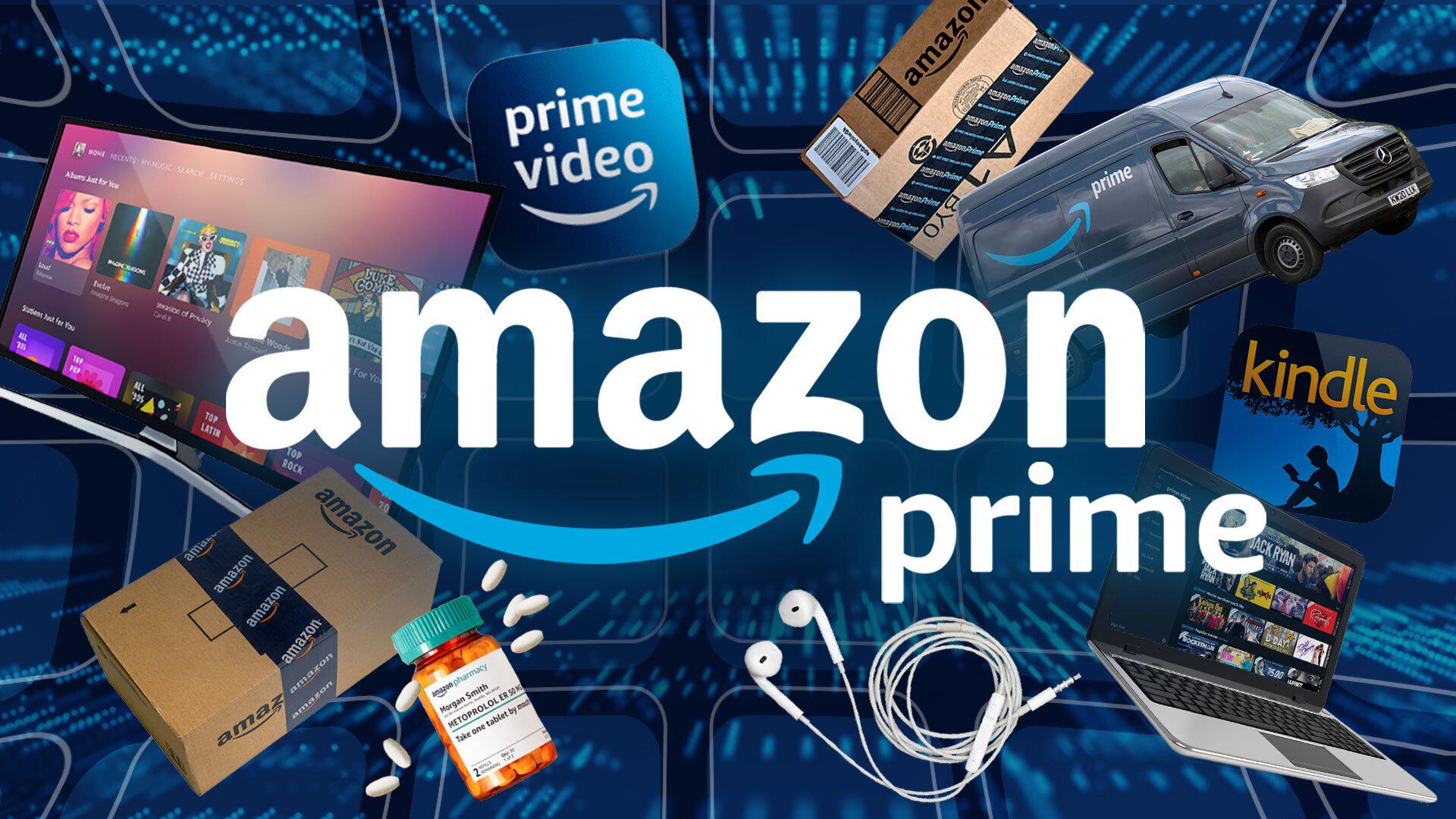AMZN Earnings Call: AWS Growth Disappoints, Stock Tumbles 7%
Amazon’s Q2 results beat expectations, but AWS performance fell short, driving a sharp stock selloff.Revenue rose 13% to $167.7 billion, exceeding analyst estimates of $162.15 billion. EPS came in at

Amazon’s Q2 results beat expectations, but AWS performance fell short, driving a sharp stock selloff. Revenue rose 13% to $167.7 billion, exceeding analyst estimates of $162.15 billion. EPS came in at $1.68, up 33% year-over-year, above the $1.33 expected by analysts.
However, AWS—Amazon’s cloud division and the focus of investor scrutiny—underperformed. Though AWS revenue rose 17.5% YoY, slightly ahead of expectations, it lagged Microsoft Azure’s 39% growth and Google Cloud’s 32%. AWS operating margin dropped to 32.9%, compared to 39.5% in Q1 and 35.5% a year earlier.
For Q3, Amazon guided revenue between $174–179.5 billion, up 10–13% YoY, better than the $173.24 billion consensus. Operating income is expected to range from $15.5 billion to $20.5 billion, with the midpoint falling short of the $19.42 billion estimate.
Capex surged 90% YoY to $31.4 billion this quarter, a new record, and is expected to remain elevated through year-end.
☁️ AWS Cloud Business: Supply Constraints, Custom AI Chips Stand Out
The first question on the earnings call directly addressed AWS’s slower growth versus Azure and Google Cloud. If Microsoft Azure continues growing at its current pace, it could surpass AWS by the end of next year to become the world’s largest cloud service provider.
Management emphasized that AWS remains the largest global cloud provider—Azure, its closest rival, is just 65% of AWS’s size. Larger scale inevitably means slower growth.
Additionally, Amazon highlighted AWS’s superior security, durability, latency, and throughput, as key differentiators.
(Editor’s note: Azure had a major outage in August 2024, and Google Cloud went down in June 2025. AWS experienced downtime in June 2023. While AWS may outperform smaller players in reliability, the edge over Microsoft or Google remains debatable.)
As of June 30, AWS had a backlog of $195 billion, up 25% YoY. It signed notable deals with PepsiCo, Airbnb, Nasdaq, LSE, Warner Bros, and SAP during the quarter.
Customer demand exceeds AWS’s available capacity. Key constraints include power supply shortages and delays in launching next-gen chips, alongside weaker-than-expected server yields. Amazon is working to expand its infrastructure.
On AI, Amazon introduced Alexa+, a more capable assistant than chatbot rivals like ChatGPT. Alexa+ can play music or video, control smart home devices, and transfer files between devices via natural language. Prime members get Alexa+ free; non-members pay $19.99/month. Millions have already signed up in the U.S.
Amazon also touted the Trainium 2 AI chip, which it claims offers 30–40% better price-performance than competitors. With growing demand, customers value efficiency, and Amazon expects significant inference and training workloads to shift to Trainium 2.
Today, 85–90% of IT spending still occurs on-premises. Amazon believes this will reverse over the next 10–15 years, creating massive long-term cloud opportunities.
🛒 E-Commerce: Last-Mile Logistics as a Competitive Moat
Amazon’s logistics network remains a powerful moat. Efficiency gains cut average shipping distance per package by 12%, and average handling per item by nearly 15%. Same-day or next-day deliveries grew 30% YoY.
These services now reach 4,000 small cities and rural communities, benefiting tens of millions of U.S. consumers. Customers in these areas are increasingly purchasing everyday essentials at higher frequencies.
On the merchandise side, Nike returned to Amazon’s storefronts. High-end brand offerings also expanded. The fresh grocery delivery business continues to gain traction: 75% of customers were first-time Amazon fresh buyers, and 20% made multiple purchases within a month.
Amazon remains committed to low prices, especially on household essentials. This year’s Prime Day was the biggest ever, setting records in both sales and new memberships.
📺 Advertising: Powered by Massive Consumer Data
Amazon’s advertising strength stems from its rich consumer data, enabling precise targeting and higher conversion rates. New partnerships with Roku and Disney allow advertisers using Amazon DSP to reach 80 million connected TV households—offering unmatched precision in TV advertising.
🌎 Tariffs: Stable Demand So Far, But Uncertainty Looms
Management noted no material demand decline or pricing pressure from tariffs in H1. The platform’s 2+ million sellers can choose whether to pass on higher costs, and consumers can balance price vs. quality.
Uncertainty around final tariff rates remains high. Amazon declined to speculate.
🚀 Space Business: Integrating Kuiper with AWS
Amazon recently completed the third launch of Project Kuiper. The long-term vision is to integrate satellite data collection with AWS cloud processing, offering end-to-end space-to-cloud solutions for commercial and government clients. Although full rollout hasn’t begun, many contracts are already signed.
Disclaimer: The views in this article are from the original Creator and do not represent the views or position of Hawk Insight. The content of the article is for reference, communication and learning only, and does not constitute investment advice. If it involves copyright issues, please contact us for deletion.